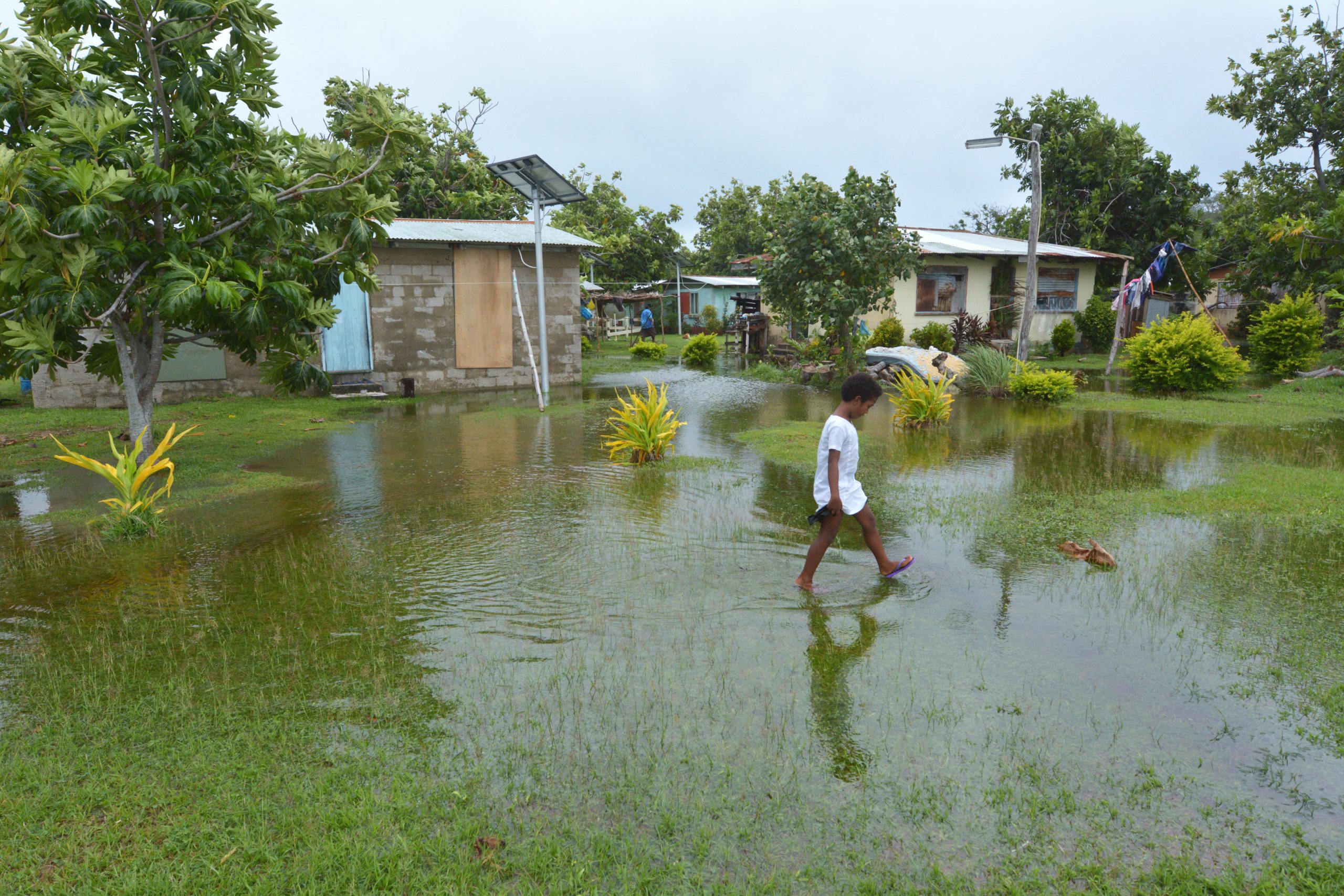14. Climate finance is critical to SIDS ability to address the challenges of climate
change and disasters, yet they struggle to access climate finance due to
eligibility requirements and onerous bureaucracies. SIDS have some of the
highest levels of vulnerability to climate change and disasters, with some of the
highest damages from disasters – average annual damage is 2% of GDP according
to UNCTAD. They have also been critical in the fight for climate finance.
15. Attendees shared frustration with the onerous requirements to access funding
from the Green Climate Fund. SIDS stakeholders described GCF systems as slow,
complex and resource intensive. GCF applications are expected to cost roughly
$200k and take on average four years.
16. GCF processes insufficiently account for SIDS’ small capacity. This means that
even when SIDS are allocated finance, they often cannot access it. One example
was given of a multi-year delay in receiving funds. The onerous bureaucracies
require consultants, significant data creation and use of limited government capacity.
This often discourages SIDS from applying or requires disproportionate resources.
The length of applications can make commitment to GCF projects at odds with
political cycles. The minimum funding amounts can be too large for SIDS. One
participant indicated as much as 90% of GCF grant requests in one Pacific country
have not been successful. Projects in SIDS currently make up 12% ($1.3bn) of the
GCF’s portfolio. 48 projects in SIDS have been approved to date, 37 of which are
under implementation.
17. Partners discussed potential ways forward, particularly targeting the GCF
Replenishment. These include:
a) Reducing the application requirements for GCF projects, A SIDS window in GCF
similar to that in the Global Environment Facility (GEF).
b) Ensuring SIDS representation on boards and collective advocacy to make the
case for change.
c) Systematically ensuring SIDS voices are heard by the Board.
d) The same, singular application process across climate finance organisations as
currently different organisations such as GCF, GEF and International Renewable
Energy Agency (IRENA) have different applications.
18. It is critical that the Loss and Damage Fund works for SIDS. Climate finance such
as the funding mechanism for Loss and Damage should implement the learnings of
other climate finance, including the GCF. The Loss and Damage Fund should deliver
for those that are particularly vulnerable to the adverse effects of climate change. Any
new fund and funding arrangements should be complementary to those that already
exist and work in harmony with existing finance mechanisms. It should also have a
broad contributor base with a wider range of sources, including through identifying
innovative sources of finance.
19. Attendees briefly discussed potential to tackle issues of scale for finance
through potential pooling including of procurement. While climate finance is
particularly critical for SIDS, who are on the forefront of the Climate Crisis, some
participants noted there is a danger of over-focus on climate finance versus wider
development finance. Wider finance is a larger amount of money and the World
Bank’s most concessional window (International Development Association (IDA))
provided over half of ODA to Small States in 2018-2020.
20. Renewable energy in SIDS supports economic resilience and can help create
fiscal space. Partners will continue work on this including through engagement with
the Lighthouse Initiative and facilitating private sector investment.
